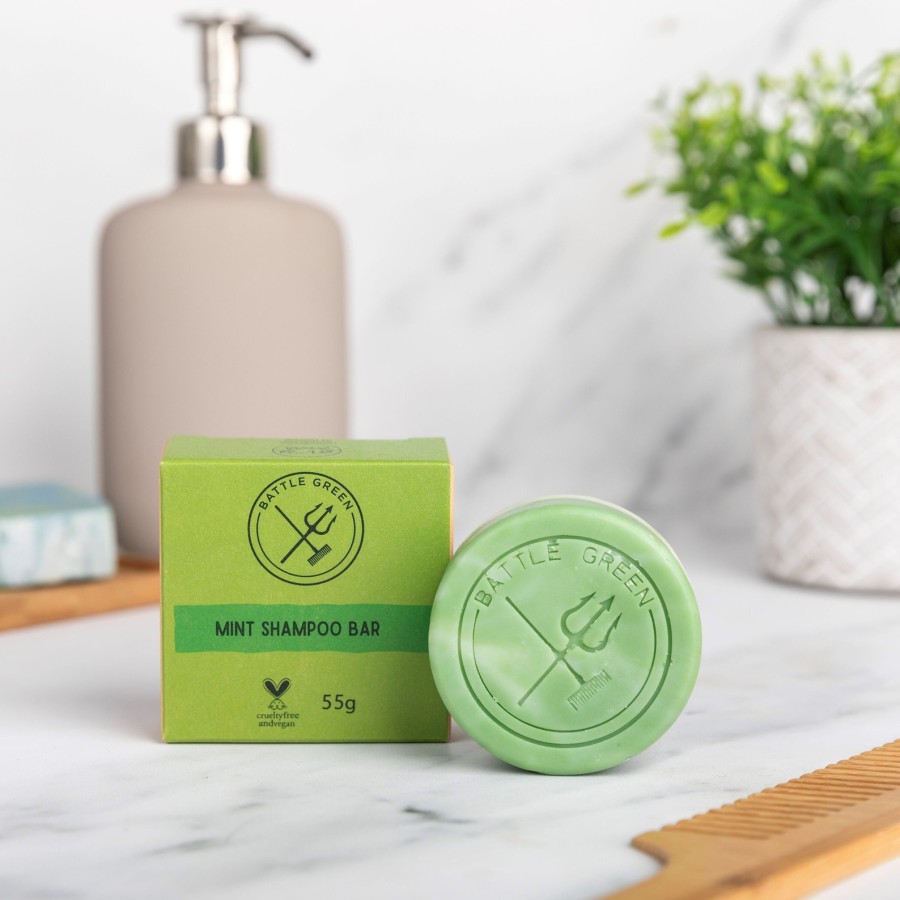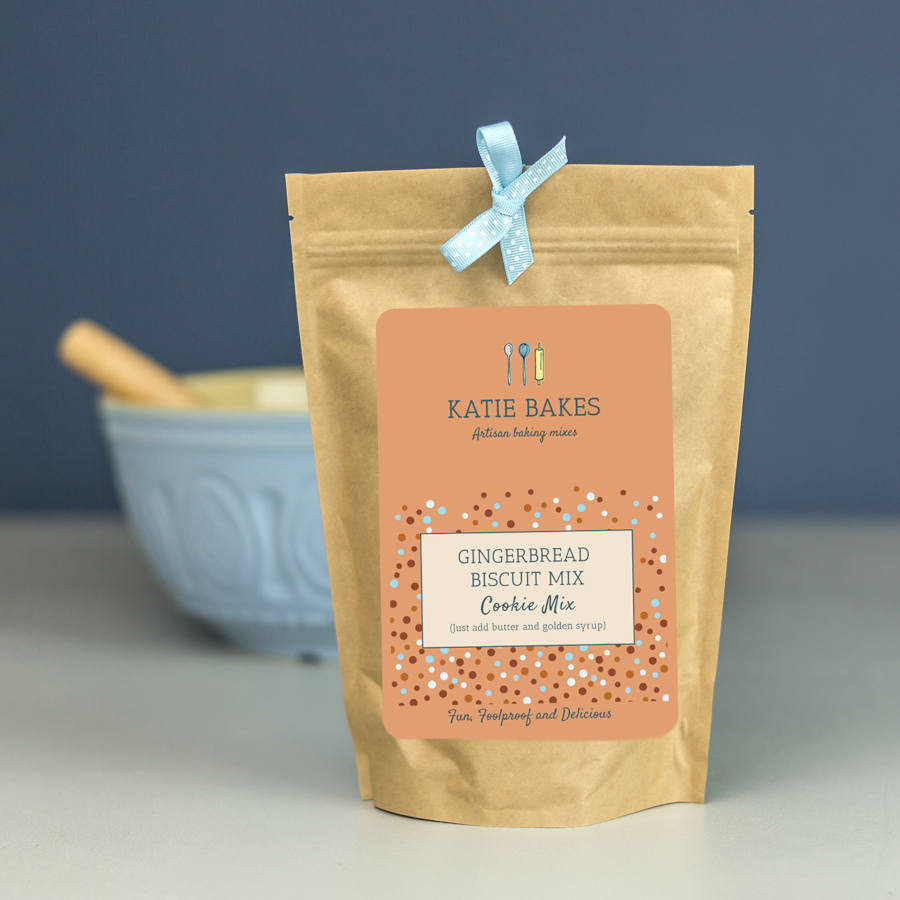How to Grow Your Own Organic Roses

There’s nothing more local than an organic English rose, with beautiful scent. They are not the easiest flowers to grow, but worth the effort!
Read our posts on no-dig gardening, and how to create pet-friendly gardens and wildlife-friendly-gardens. For displaying in vases, never face to outdoor gardens, to help stop birds flying into windows.
Select Suitable Rose Varieties
Some roses flourish when left to fend for themselves with little extra attention. Choose types bred for disease resistance and strong growth. These stand up well to organic care and reward you with reliable flowers.
Recommended Varieties for Organic Growing:
- Rugosa (shrub) is scented and disease-resistant
- Bourbon (old garden) for a classic look, with repeat blooms
- ‘Geranium’ (ground cover) has bright petals, spreads well
- ‘New Dawn’ (climber) is hardy, with soft pink flowers
Think about your climate and soil. Hardy varieties like ‘New Dawn’ manage English winters, while ‘Geranium’ types suit tricky spots where nothing else thrives. Pick colours and shapes you love, but match them to the conditions you can offer.
Assess and Choose the Perfect Site
Roses demand sunlight for most of the day. Six hours or more keeps them blooming and wards off mould. Check that the space drains well after very wet spells. Roses dislike soggy roots.
Soil pH should fall between 6.0 and 7.0, just a touch acidic to neutral. If you are unsure, a cheap test kit gives instant answers. Space your plants well apart (about 60cm for most bushes) so air can flow around each one. Good air flow keeps fungal problems, such as black spot, in check.
Set Up No-Dig Beds
Level off grass or weeds by mowing the proposed site as short as possible. Lay down sheets of plain cardboard or a thick layer of newspaper to block out light and slow weed regrowth. Wet these layers to help them settle and start breaking down.
Add a 10 to 15cm layer of rich compost or well-rotted manure on top. If you can, use organic material from your own compost heap. Finally, cover the bed with a mulch of wood chips, straw, or grass clippings. This friendly base supports worms and fungi while smothering hardy weeds without any need for heavy digging.
Step-by-Step Planting Guide
Time your planting for spring or autumn, when the soil is workable and roots can settle without heat stress. Gently remove the rose from its pot, teasing out roots if they look tangled or tight.
Make a hole twice as wide and just as deep as the pot the rose came in. Mix a few handfuls of compost into the soil you remove. Place the rose in the hole, roots spread out, so the base of the stems sits with the soil line.
Fill the hole back in, press the soil down firmly, and give it a generous watering. For climbers, stake them straight away for support.
Water and Mulch Properly
Roses appreciate deep, regular watering, especially during dry spells. One good soak each week, about 2.5cm deep, lets roots grow strong. Always water early in the day to let leaves dry and cut disease risk.
Cover the soil around each plant with a 5cm layer of organic mulch, such as bark, sugarcane residue, or straw. Mulch keeps the ground moist, blocks weeds, and slowly feeds the soil as it breaks down.
Feed and Prune for Healthy Growth
Every plant needs a bit of food now and then. In spring, scatter a balanced organic fertiliser around the base. Repeat feeding after each main flush of blooms.
Prune in late winter. Remove any weak or dead branches first. Then, cut back the main stems by about one third, shaping the bush so air flows through. This stops disease getting a hold and helps new shoots form. Always use clean, sharp pruning shears to prevent the spread of infections.
Handle Diseases Naturally
Give your roses every chance by growing herbs or flowers nearby that welcome birds and helpful insects. Marigolds (not near pets, they are toxic) can keep root pests away, while lavender attracts bees and hoverflies.
Clear up leaves or petals that fall to the ground and remove any diseased parts promptly. Proper spacing means air and sunlight can reach each plant, reducing the chance of fungal issues.
If aphids gather on young shoots, encourage ladybirds (natural predators). For fungal issues like black spot or powdery mildew, spray affected leaves with a diluted baking soda solution (one teaspoon per litre of water, a drop of soap to help it stick).
Try these methods on a single leaf or branch before spraying the whole plant. Sometimes you might need to repeat every week until the issue fades. Rotate natural remedies, as mixing approaches often gives better results.
Check your roses every week, especially in spring and summer. Watch for healthy new leaves, strong stems, and any early signs of trouble. Tackle problems before they spread.






